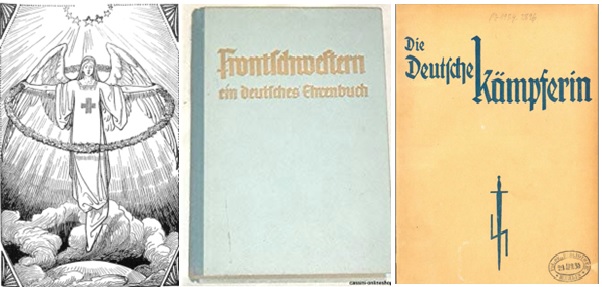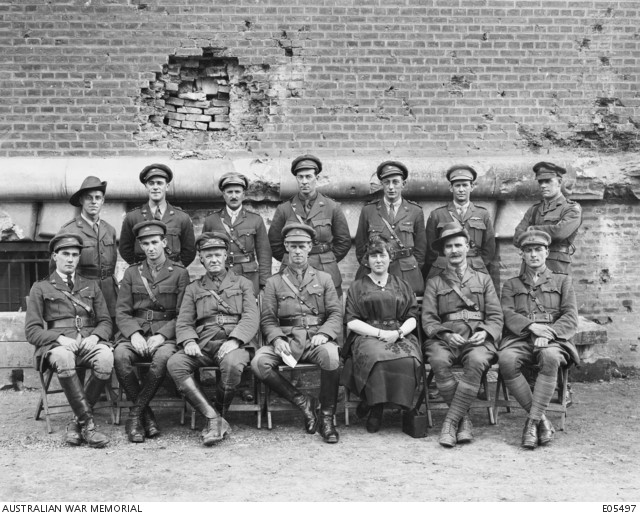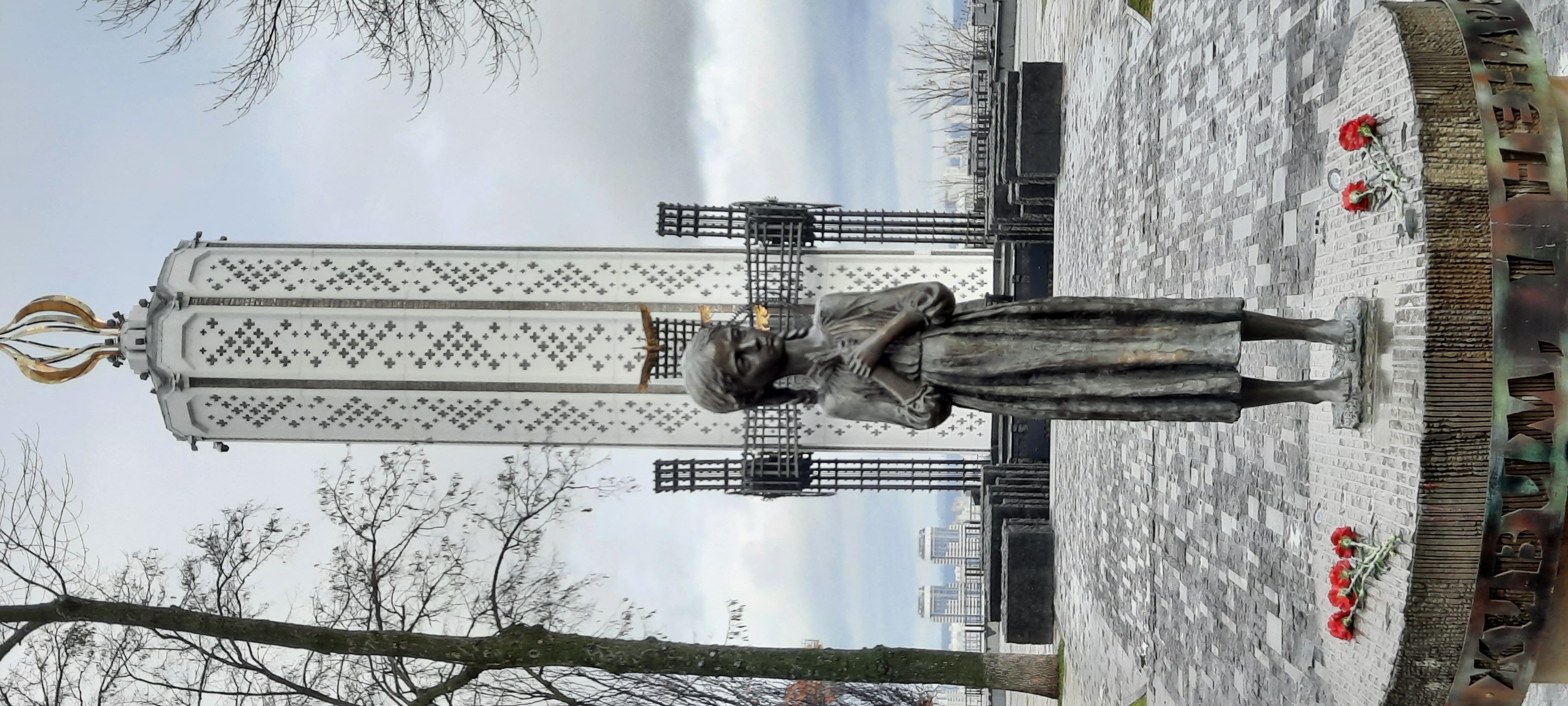Written by Andrew Whittaker
Many of the narratives surrounding British First World War experiences and legacies of service in the armed forces are derived from one of two contrasting class-based perspectives—the social élite or the working classes. The former made up an extremely small proportion of the pre-war male population, the latter a large majority. The experiences and legacies of the lower middle class (who, according to the social stratifications of the time, were situated in between) have been largely overlooked. These were the white-collar salaried employees and the shopkeepers and other small businessmen who comprised a significant one in five or so of the pre-war male population. A longitudinal study from birth to death of the 1350 largely lower middle class men eligible for service in the war who had attended Colfe’s Grammar School, Lewisham, reveals some alternative narratives.
Leave a Comment









